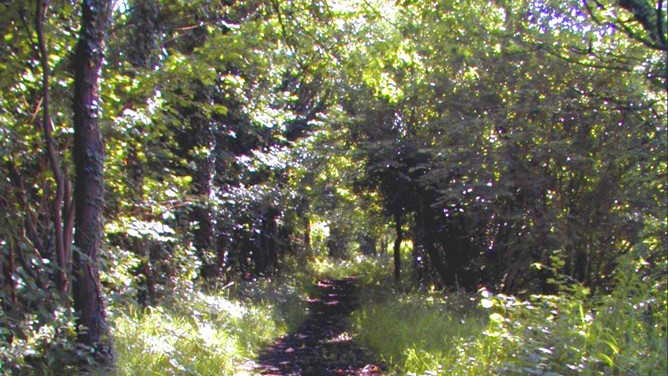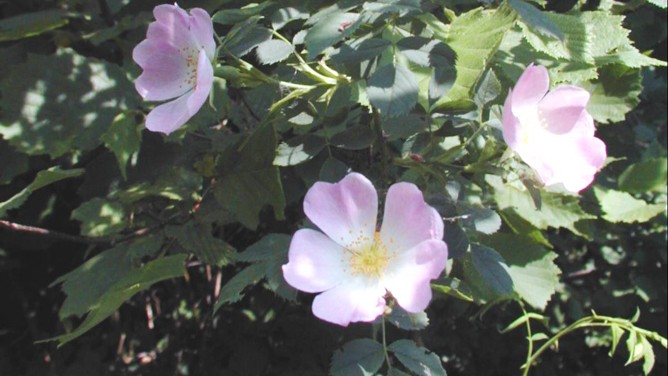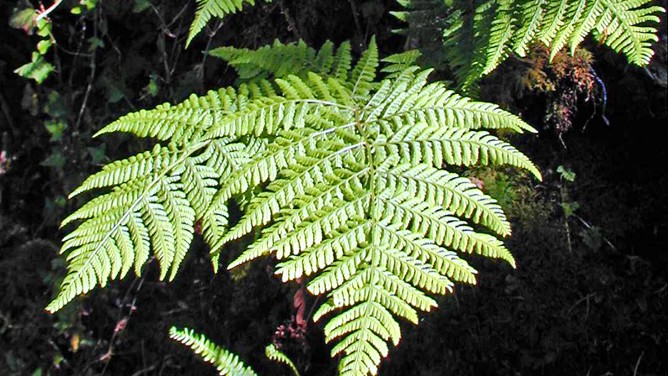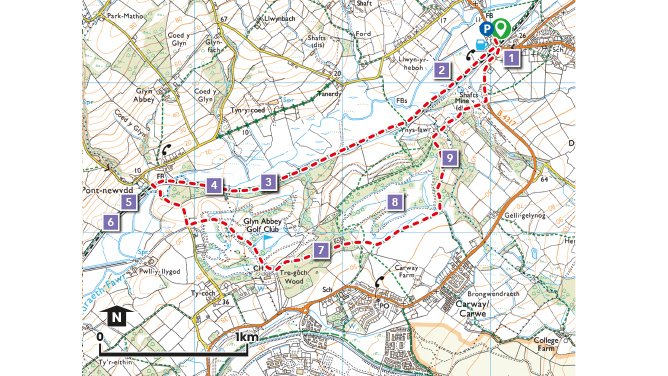Today a visitor to the Gwendraeth Valley might find it hard to imagine that the area was once the centre of a busy and highly productive coal mining industry, yet there is recorded evidence of over 100 collieries in the Gwendraeth and Amman coalfield.
Mining began in the valley in the mid- 1600s and continued until the end of the 20th century. Separating the coal measures were layers of clay and sandstone, the latter bearing ironstone nodules, which gave rise to the associated brick making and iron smelting industries.
Rivers and streams ran black, a place of spoil heaps, stables, tramways, winding sheds, noise and smoke. Goods and materials were transported down the valley to the ships waiting at Kidwelly or, later, to the newly built harbours at Pembrey and Burry Port. Initially pack ponies would have moved the coal to barges on the Gwendraeth river but as the industries grew new methods were devised.
In 1768 Thomas Kymer, a pioneering industrialist, built the very first canal in Wales from his pits at Pwll y Llygod to his quay at Kidwelly. This was extended in 1824 as far as Pontyates. The canal was superseded by the coming of the Burry Port and Gwendraeth Valley Railway in 1866.
Much of the evidence of the mines and factories has all but disappeared, but a few important and obvious features still remain to remind us of those bygone days.
The remains of the old canal are still clear for long sections. It is now a haven for wildlife as it forms an attractive linear wetland, home to a wide variety of plant and animal life. The railway that was built over some sections of the canal still exists but stopped taking passengers in the 1950s.
Information panels along the Pontyates Mining Heritage Walk tell the story of the valley and its people from its pre-industrial past through to the end of the 20th century.
Why Walk?
It’s a fascinating walk for nature lovers due to the diverse habitats and wildlife and has historical interest as the walk follows the oldest canal in Wales.
How Long?
The flat section to Pont-newydd and back by the same route is 5.5 km. (3.5 miles) Allow 2 hours.
The longer circular route is 6.5 km (4 miles) long with 59 m (193ft) of ascent.
Allow 2 and1/2 hours.
How Hard?
The flat section alongside the river and the canal is virtually flat on a gravel surfaced path making it ideal for the less able walker whilst the longer circular route is mainly along grassy tracks, all of a reasonable gradient.
Nb. Sections alongside the old canal and river are prone to flooding after heavy rain.
Starting point - Pontyates village
Parking - Pontyates village
Public Transport - ✔
Refreshments - ✔
Points of Interest
1. The many brambles along the trail are very good for nectar loving insects and food for butterflies and caterpillars. Peacock butterflies, Comma and Red Admirals can be seen on warm summer days. The variety of lichens growing on the old fence posts and trees are a good indicator of clean air as many lichens are sensitive to air pollution.
2. The fields in the valley bottom have rich alluvial soils due to regular flooding by the Gwendraeth Fawr. The wet meadows are Sites of Special Scientific Interest due to their rich and distinct flora and fauna. The rush pasture, the river and the old canal are all havens for wildlife and form an important wetland habitat.
3. Sections of the oldest canal in Wales (built by the pioneering industrialist Thomas Kymer) can still be seen alongside the more recent Burry Port and Gwendraeth Valley Railway line. The Canal was constructed in 1768 and ran from Kymer’s pits at Pwll y Llygod to the Quay at Kidwelly. The railway was built in 1866.
4. Here the Gwendraeth Fawr runs alongside the footpath, it once ran black due to the many coal mines in the valley. It is now a much cleaner river so you may be rewarded with a view of Kingfisher or Grey Wagtail or perhaps Damselflies and Dragonflies, which are a common sight, fluttering amongst the waterside vegetation in summer.
5. Alder trees, like the ones growing in this wet area, have been put to many uses. The timber, when kept wet, is highly resistant to rotting. It was hollowed out and made into water pipes, carved for the soles of clogs and used in boat building. It was also an important ingredient in the manufacture of gunpowder and one of the finest woods used for making charcoal.
6.The old canal path continues, fringed by rushes down to Parc-y-Llong 1.3Km (3/4 mile) away, beyond this the canal remains as no more than a ditch but re-emerges again at Kidwelly Quay. If you hear a sound like the squealing of a pig it is probably just a Water Rail skulking amongst the reed beds. You are unlikely to see this secretive bird but during the summer months you may well hear and see reed and sedge warblers.
7.Many of the Ash, Oak and Hazel trees in this wood appear to be the same age and are multi-stemmed showing that the woodland was once coppiced, perhaps to provide firewood for the local community or timber for the mines. On warm dry days the wood is alive with the songs of Blue Tit, Blackbird, and Thrush.
8.Until recently the area covered by the golf course was an open cast mine. The reclamation project gave an ideal opportunity to create semi-natural habitats of great benefit to wildlife. Ponds have been created, and rushes, grasses and wildflowers such as Marsh Thistle, Knapweed and Fleabane (the old English name suggests it was once used to repel fleas) have been allowed to re-colonise the rough areas of the golf course.
9.The old shady lane has a wonderful variety of ferns and flowers growing on the steep hedge banks. Amongst the ferns are, Polypody, Male fern and Harts Tongue Fern. In early spring the hedge banks are studded with the golden yellow flowers of Lesser Celandines, followed by the white flowers of Field Rose, Wild Strawberry and Stitchwort.

Cycleway

Dog rose

Sunlight on fern
